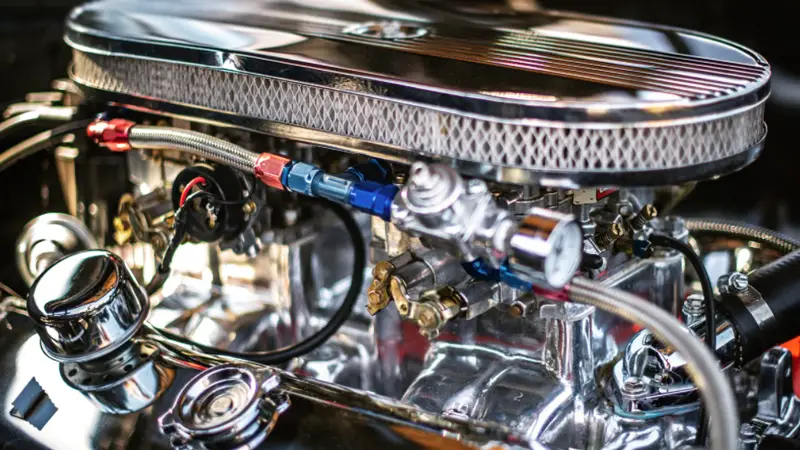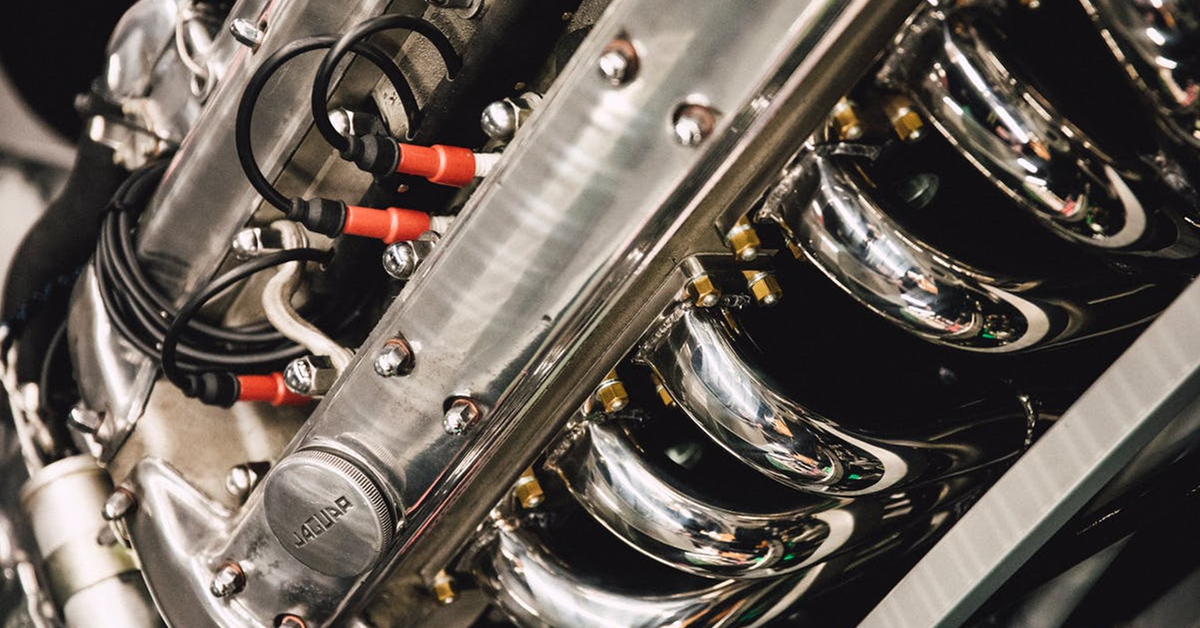If you like exploring the internal workings of your vehicle, you may notice that the throttle and the choke valve are both involved in controlling the air that goes in and out of your vehicle. But what exactly are the differences between a car’s throttle and choke valves and why does it matter?
While a choke valve mostly restricts the air that flows through the intake manifold of an engine, the throttle valve determines how much air should make it into the internal combustion chamber. However, they’re both necessary components to ensure the correct fuel-air ratio in your vehicle’s engine.
In this article, you’ll learn what a throttle valve means and how it works. You’ll also learn what a choke valve means and some of the major differences between these two components of your car’s engine.
What Is a Choke Valve?

A choke valve is commonly part of the carburetor of internal combustion engines. It works to restrict the flow of air that an engine pulls through the intake manifold to help create a better fuel-air mixture in the vehicle engine.
Choke valves usually work automatically, kicking in to start restricting the intake manifold as soon as necessary. In ancient engine systems, however, a choke valve may require manual operation by the operator of the engine.
Choke valves are slowly becoming obsolete, as most modern vehicles now switch out choke valves for better fuel injection systems. Choke valves now see more widespread usage amongst bikes and industrial engines, as opposed to cars and trucks.
A choke valve only works to ensure that the perfect amount of air makes its way to the internal combustion engine and the perfect amount of fuel is used. This makes choke valves one of the most important components of an engine if at all it’s available.
Since choke valves are an ancient solution, the advent of technology has brought about more efficient alternatives to choke valves. Today, electronic fuel injectors are mostly used to maintain a balanced fuel-air ratio in vehicle engines because they’re more efficient.
Unlike a choke valve, an EFI uses many different sensors and computers to detect the external conditions of the engine, calculating the correct amount of air and fuel pressure needed in real-time.
An electronic fuel injector uses various engine control units to control its activities around the engine. Since it’s capable of receiving updates as the manufacturers improve on the existing technology, it is much superior to choke valves in almost every way.
If you’re buying any recent vehicle, it’s very unlikely that it will include a choke valve. This development makes it less useful to learn too much about choke valves, as it’s only a matter of time before they go extinct.
What Is a Throttle?

The throttle body on your engine is a valve-like component located somewhere around your engine’s intake manifold. All the air going into your engine will first have to pass through the intake manifold, but the throttle body will choke the air, ensuring that only enough air makes its way into the internal combustion chamber.
The throttle body in your engine has a throttle position sensor and they both work closely together. The main function of the throttle position sensor is to determine the specific position of your engine’s throttle to help determine how much air gets into the internal combustion chamber.
Each time you depress the gas pedal (accelerator) in your vehicle, the engine sees an influx of air as a result of the opening of the throttle plate. Releasing the accelerator will also close up the throttle, restricting airflow to the internal combustion chamber of your engine.
If you’re following correctly, you should see that what most people refer to as the gas pedal is more of an air pedal than a gas pedal. However, it still controls the gas usage of the vehicle, albeit indirectly, which justifies how it’s referred to as a gas pedal.
When you depress the gas pedal and allow more air into the combustion chamber, the engine burns more fuel to help your car accelerate faster. This is the detailed breakdown of almost everything that happens from when you depress your accelerator to how your car moves faster.
What’s the Difference between a Throttle and a Choke Valve?

Looking at the definitions for throttles and choke valves, you’ll notice that they’re both strikingly similar. Both of these engine components control the flow of air in an engine, and both of them help to maintain a healthy fuel-air ratio in your vehicle’s engine.
With all of these similarities, you may want to know the differences between a throttle body and the choke valve in your vehicle’s engine.
The major difference between these two components is in how they work. As suggested by its name, the choke valve restricts the flow of air making it into the intake manifold, while the throttle valve determines how much air makes it to the internal combustion engine.
When someone refers to throttle, they usually mean any technology that a vehicle uses to regulate its speed and acceleration. In technical terms, that doesn’t apply, and the throttle valve is the only official component of an engine that can be referred to as a throttle.
A throttle works with a throttle position sensor, which is usually nonexistent on a choke valve. The throttle position sensor determines the position of the engine’s throttle and uses that to regulate how much air goes into the internal combustion chamber.
Also, a choke valve is almost always manually operated. In most engines that operate with a choke valve, you must close the valve most of the time, only opening it when necessary due to a failed start.
Throttle valves, on the other hand, mostly work under the hood. When you depress your gas pedal, the valve opens to allow in as much air as needed, and it constricts once you release the pedal. The throttle position sensor will then track the position of the sensor to determine the ideal airflow.

